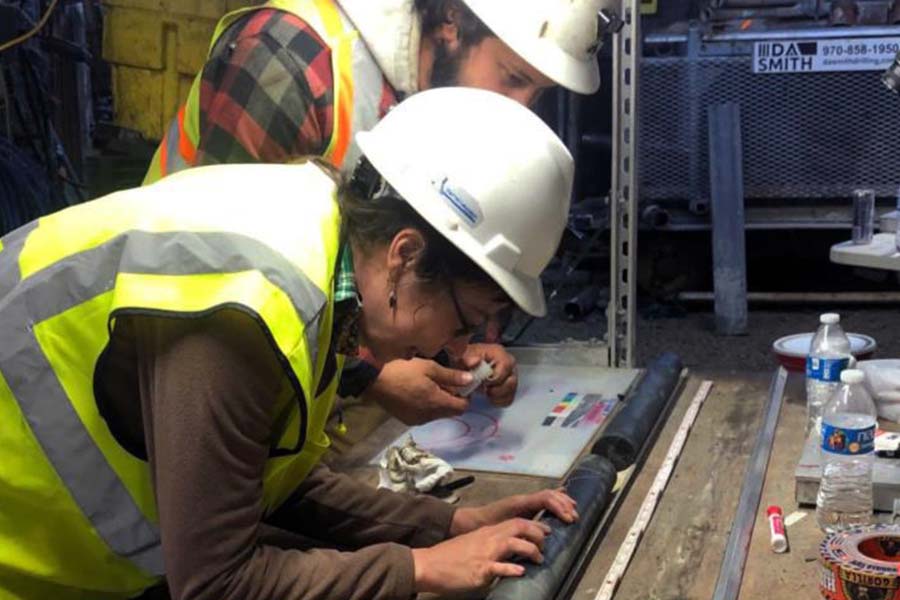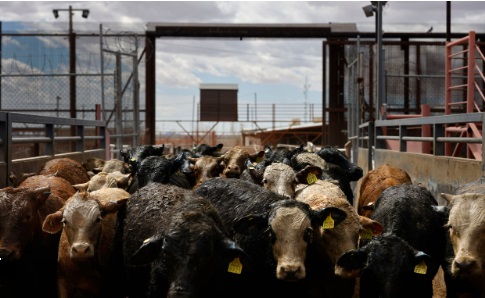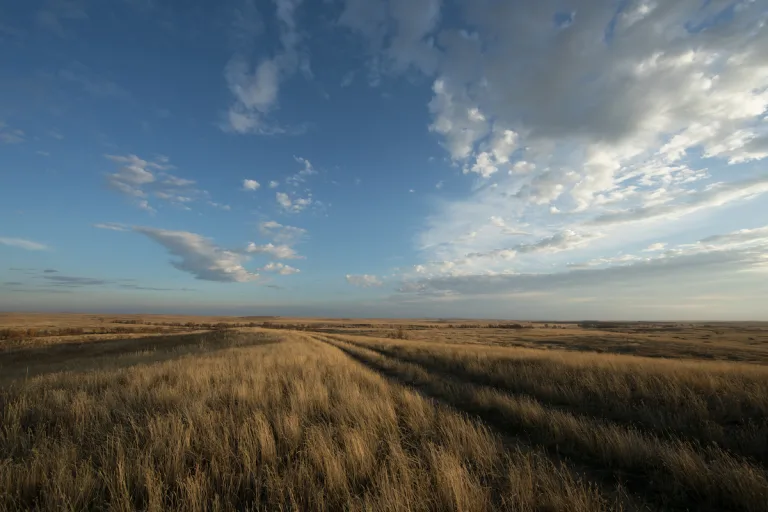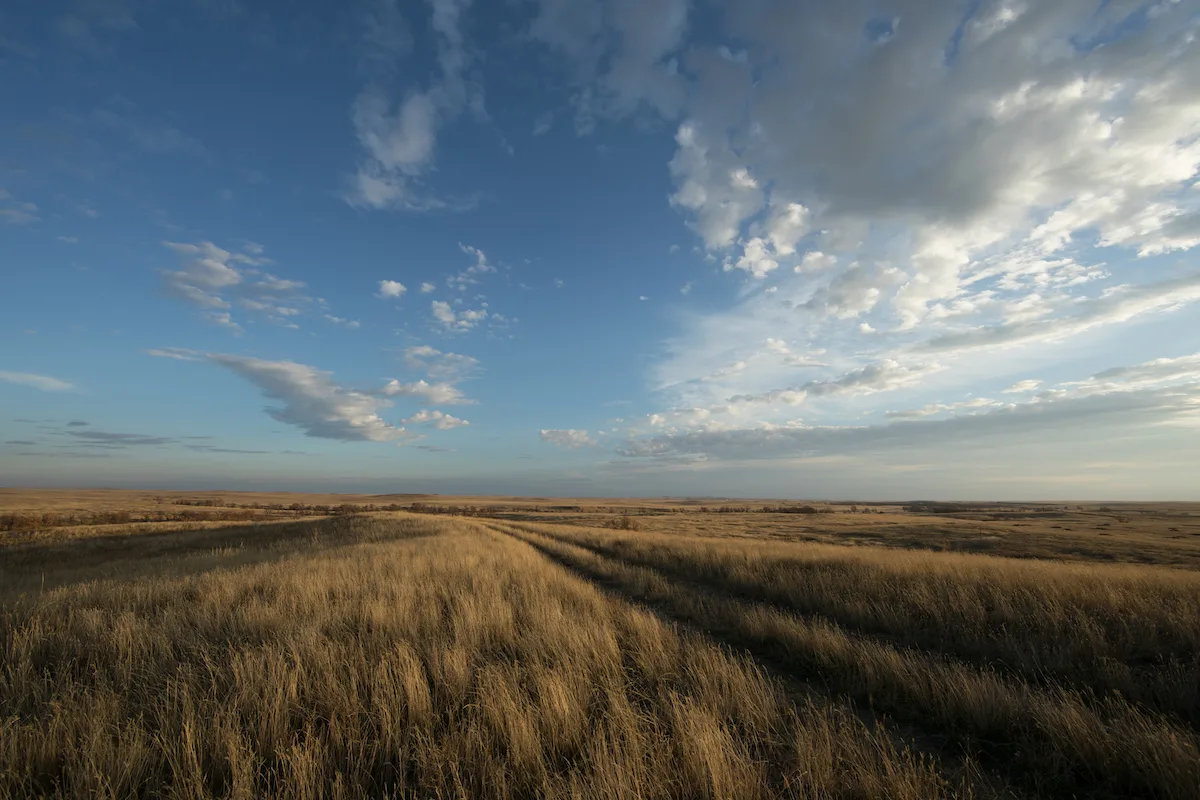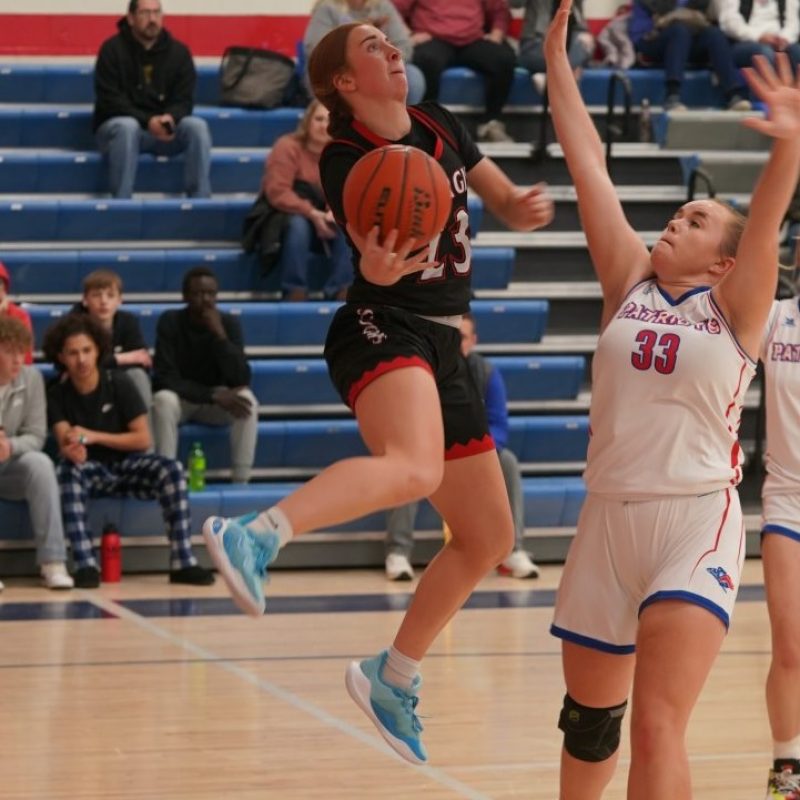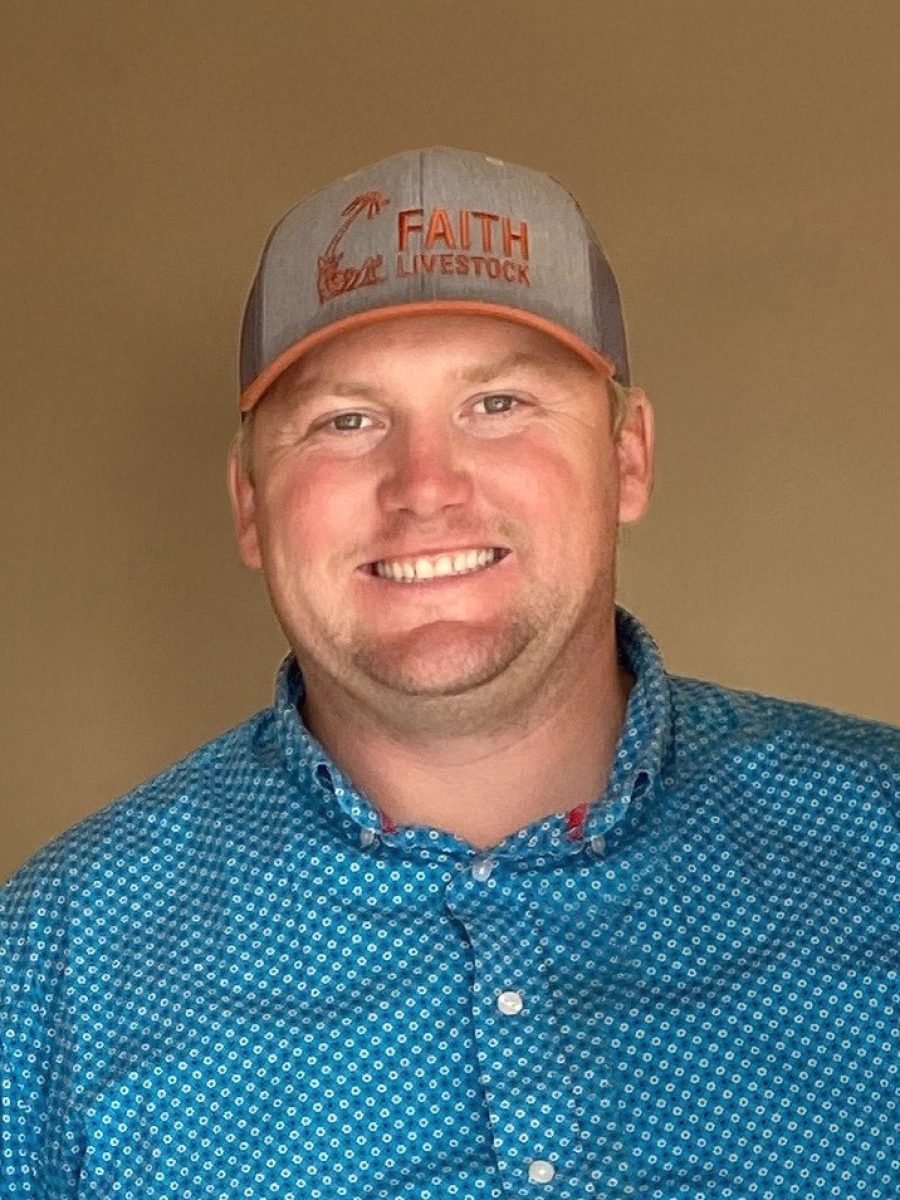RAPID CITY, S.D. – South Dakota Mines researchers have discovered microbes that they say mineralize CO2 from the air into solid rock.
Carbon capture and sequestration has been a hot topic in the state for the past year. Two carbon pipeline companies requested permits to construct carbon pipelines in the state and both permits were denied by the PUC.
The PUC pipeline hearings brought more attention to the nationwide push for carbon sequestration as a way of fighting climate change.
Regardless of the politics, there’s still a technical issue – keeping captured CO2 underground.
South Dakota Mines researchers said they have a different option with a pending patent.
Gokce Ustunisik is an associate professor in the Department of Geology and Geological Engineering at South Dakota Mines. She said this technology could replace carbon capture and sequestration pipelines.
“People will probably still try to use the sedimentary rock, but there is a lot of money wasted for that and a risk associated with that. This is a much longer and secure way of storing. This will be a way that people will be choosing over the ward space, the chemistry of the rocks,” said Ustunisik.
Ustunisik said the pipeline sequestration idea has unavoidable consequences. She said leaks could be caused by geologic faults or pumping problems.
The microbes used in this process were discovered at the Sanford Underground Research Facility in Lead, S.D. SURF is the deepest underground laboratory in the United States, it houses multiple experiments in areas such as dark matter and neutrino physics research, biology, geology and engineering.
Ustunisik said the next step is to conduct a field exercise with the microbes by placing wells in strategic locations.
She said finding areas to sequester is the easy part. The difficulty has been finding which microbes could speed up the process of sequestration.
“They help by attacking the rock, so that they are minerals, and the solution process – so that the process can happen faster than it happens in nature without the biological processes,” said Ustunisik. “All of the lab experiments have been showing that we can do this in ten days with the microbes. But without the microbes, it is so, so so, slow still.”
The microbes the team uses to break down CO2 could speed up a process that would take seven to 10 years to occur naturally.
Ustunisik said their method would keep the CO2 sequestered for longer than other methods and would prevent any leakage of CO2 back into the atmosphere.
